In theatre, the stage is imagined as being surrounded by four walls. Three of them are the obvious walls everyone can see, but the fourth is an invisible one that is supposed to separate the audience and the performers. Traditionally, the performers are supposed to act out their scenes as if the audience isn’t there, keeping that “wall” intact.
But not every playwright liked following this rule. Some were happy to have their characters sagely address the audience about what was going on, and the world of film and television is no different. So here are some of the best characters to break the rules and include the audience in their mischief.
Ferris Bueller (Ferris Bueller’s Day Off)
Ferris Bueller’s Day Off all but pioneered the concept of a self-aware protagonist who shatters the fourth wall with comedic asides, and some of Bueller’s choice examples are truly timeless.
Some of this is him explaining his personal philosophy, some of it sees him share his hot tips for faking illnesses, and one perfect example happens right as the movie’s ending.
ADVERTISEMENT
Jordan Belfort (The Wolf Of Wall Street)
ADVERTISEMENT
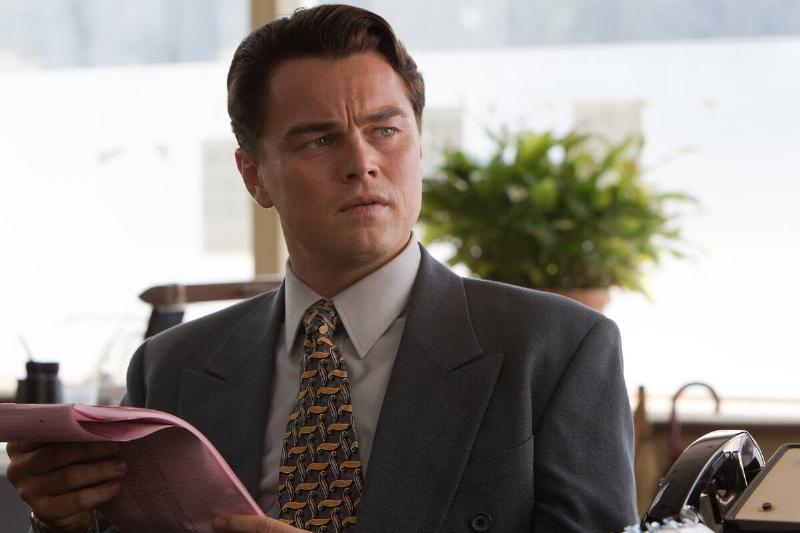
ADVERTISEMENT
Among other things, The Wolf Of Wall Street is the story of an unreliable narrator. And as Jordan Belfort, Leonardo DiCaprio gleefully takes on that role.
ADVERTISEMENT
The viewer sees the world of the movie literally change to Belfort’s specifications, and he’s happy to tell the viewer at length about his most illegal and debauched deeds. And through these asides, it becomes easy to see why his actions seemed so exhilarating at the time.
ADVERTISEMENT
Bugs Bunny (Space Jam)
ADVERTISEMENT
ADVERTISEMENT
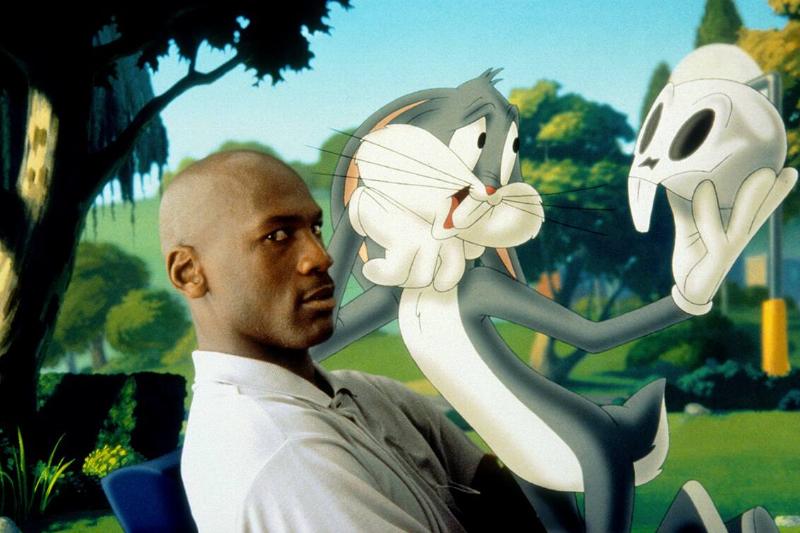
ADVERTISEMENT
Bugs Bunny has been making cheeky asides to the audience for decades, and Space Jam serves as just one example. But his fourth-wall-breaking antics take on a slightly different note here than they did on the Bugs Bunny & Tweety Show.
ADVERTISEMENT
While he simply set up his plans in the old cartoons, Space Jam sees Bugs wink his way through some of the movie’s biggest plot devices, the way his world works in general, and how aggressively merchandised the Looney Tunes were by 1996.
ADVERTISEMENT
Wade Wilson (Deadpool)
ADVERTISEMENT
ADVERTISEMENT
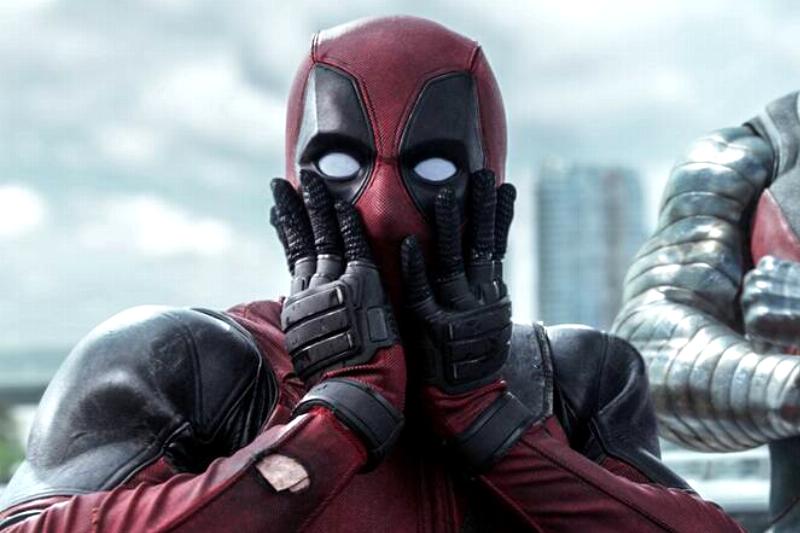
ADVERTISEMENT
True to a comic book character who both never stops talking and is aware that he’s in a comic book, breaking the fourth wall is simply a matter of course for Wade Wilson.
ADVERTISEMENT
Indeed, Deadpool’s self-aware bent makes it hard to pick just one brilliant moment. Whether it involves the struggles to get the movie made in the first place, the amount of times he’s breaking the fourth wall at once, or the homage to Ferris Bueller’s Day Off at the end, it’s all gold.
ADVERTISEMENT
Ben Matthew Saunders (The Crown)
ADVERTISEMENT
ADVERTISEMENT
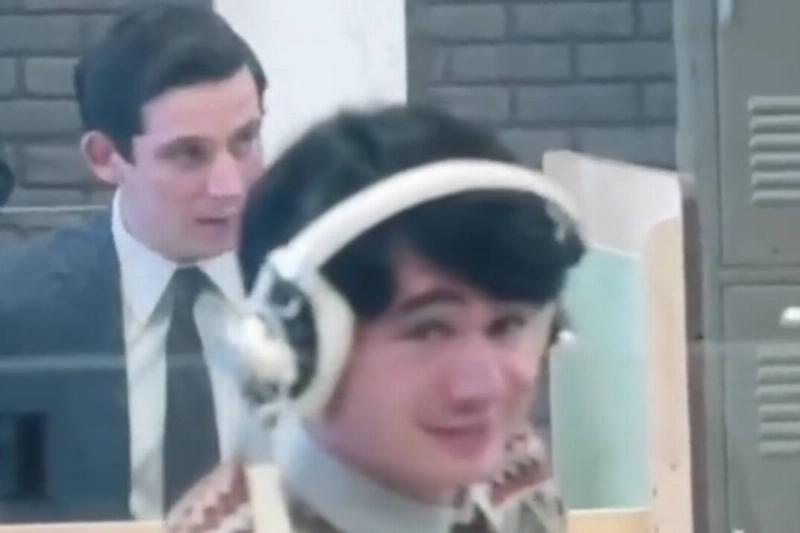
ADVERTISEMENT
Although most moments that see characters break the fourth wall are intentional, Ben Matthew Saunders’ decision to stare into the camera like Jim from The Office while he was an extra in The Crown happened right under the showrunners’ noses.
ADVERTISEMENT
As he later told The Daily Mail, “It was hilarious that they kept it in and that no one noticed. When I watched the episode back, it’s so obvious!”
ADVERTISEMENT
Jim Halpert (The Office)
ADVERTISEMENT
ADVERTISEMENT
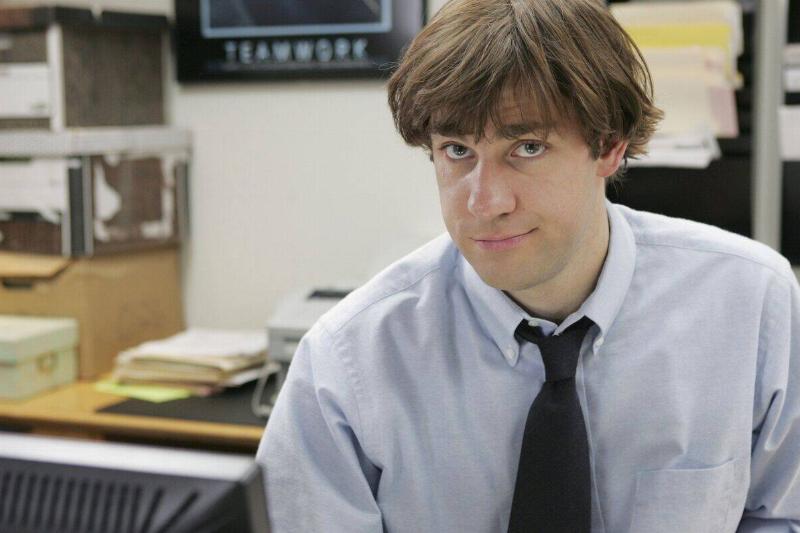
ADVERTISEMENT
The Office is a special case in that the premise frames the show as a faux documentary about life at a paper company. Still, Jim Halpert tends to demonstrate a more heightened awareness of the cameras than the other characters.
ADVERTISEMENT
Whenever something bizarre happened around him, it was a near guarantee that he’d shoot a knowing look to the camera immediately after.
ADVERTISEMENT
The Childlike Empress (The NeverEnding Story)
ADVERTISEMENT
ADVERTISEMENT
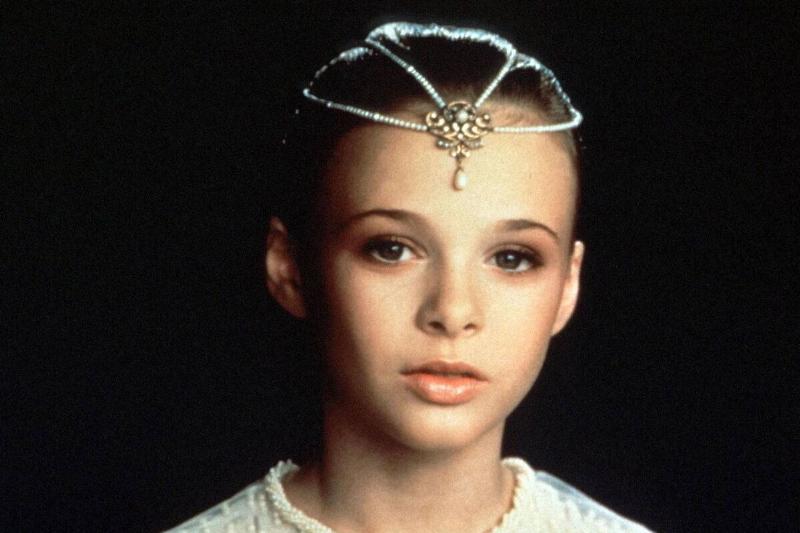
ADVERTISEMENT
Although Movie and TV characters tend to break the fourth wall for comedic purposes, The Childlike Empress from The NeverEnding Story is deadly serious in addressing the reader of the book she’s in.
ADVERTISEMENT
But while this person is one of the story’s main characters, she also mentions that “others” are sharing in his adventure, indicating that she’s also aware of the real audience.
ADVERTISEMENT
Henry Hill (Goodfellas)
ADVERTISEMENT
ADVERTISEMENT
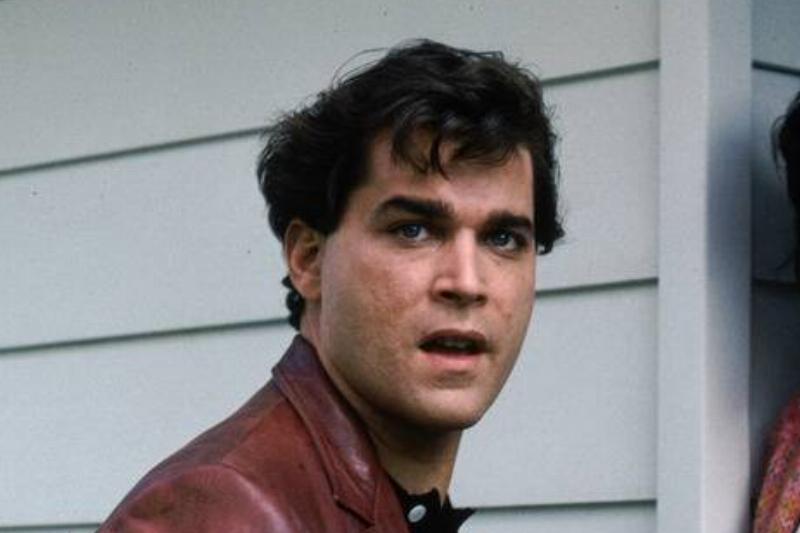
ADVERTISEMENT
In this crime classic, viewers understood Henry Hill’s motivation for involving himself in organized crime from the very beginning due to his internal monologue.
ADVERTISEMENT
But while this is the only way Hill acknowledges the audience for most of Goodfellas, one key scene near the end has him step away from a tense courtroom scene to address the audience directly and summarize the mob life in a sharp monologue.
ADVERTISEMENT
Wayne and Garth (Wayne’s World)
ADVERTISEMENT
ADVERTISEMENT
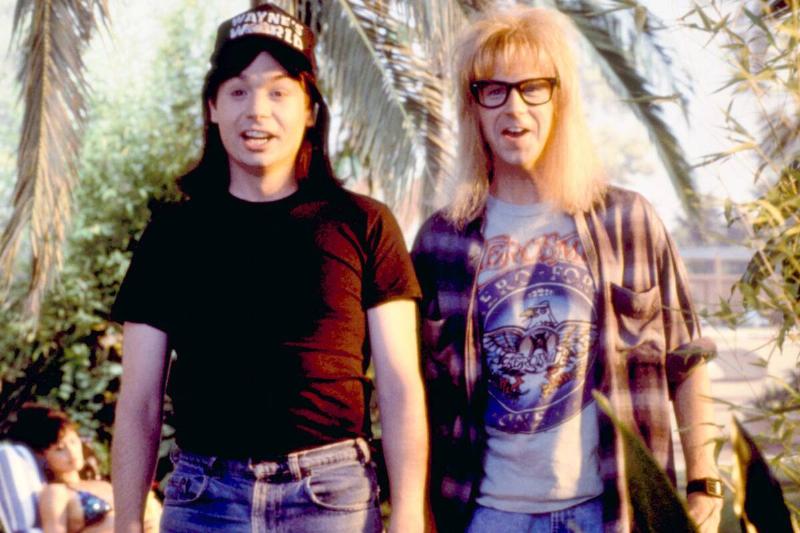
ADVERTISEMENT
Throughout Wayne’s World, both Wayne and Garth are more than happy to let the audience into their little world and all but narrate their lives like a YouTube vlog created fifteen years before the site existed.
ADVERTISEMENT
But as Wayne makes clear to Ed O’Neill’s unhinged character in a hilarious scene, only the movie’s two leads are allowed to do that.
ADVERTISEMENT
Cassie (Promising Young Woman)
ADVERTISEMENT
ADVERTISEMENT
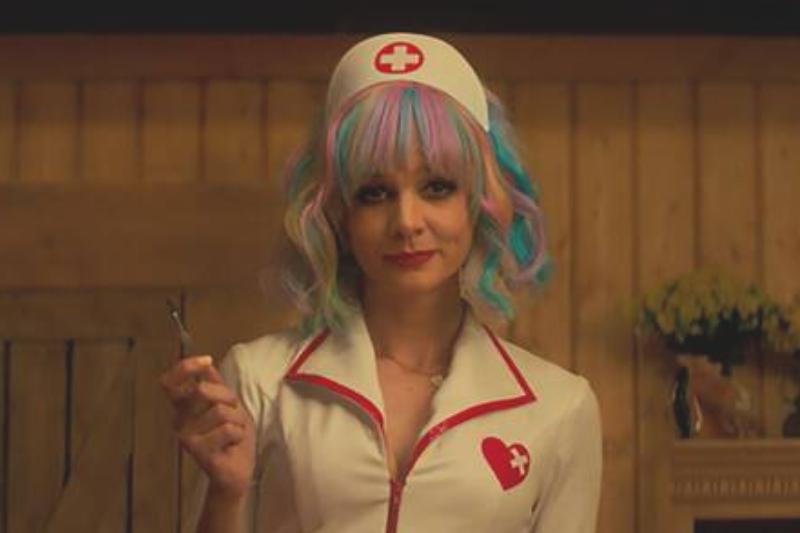
ADVERTISEMENT
Although Cassie never says a word to the audience in Promising Young Woman, there are clear moments before she turns the tables on the predatory people in her life when she shows her awareness of the viewer.
ADVERTISEMENT
Her knowing glances to the camera not only show the viewer how clever she really is but also serve as a warning to anybody whose behavior matches her enemies.
ADVERTISEMENT
Frank Underwood (House of Cards)
ADVERTISEMENT
ADVERTISEMENT
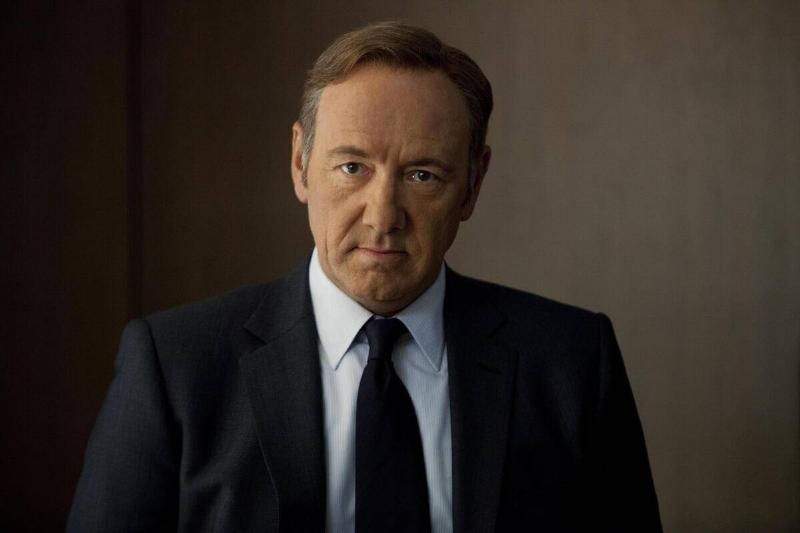
ADVERTISEMENT
House of Cards chiefly follows the diabolical schemes and manipulation tactics of Frank Underwood as he sets up his rise in American federal politics. But part of what sets him apart from the leads in other political shows is how much he clearly enjoys letting the audience in on his plans.
ADVERTISEMENT
And so, hardly an episode goes by without him making at least one secret aside to the viewer.
ADVERTISEMENT
Patrick Bateman (American Psycho)
ADVERTISEMENT
ADVERTISEMENT
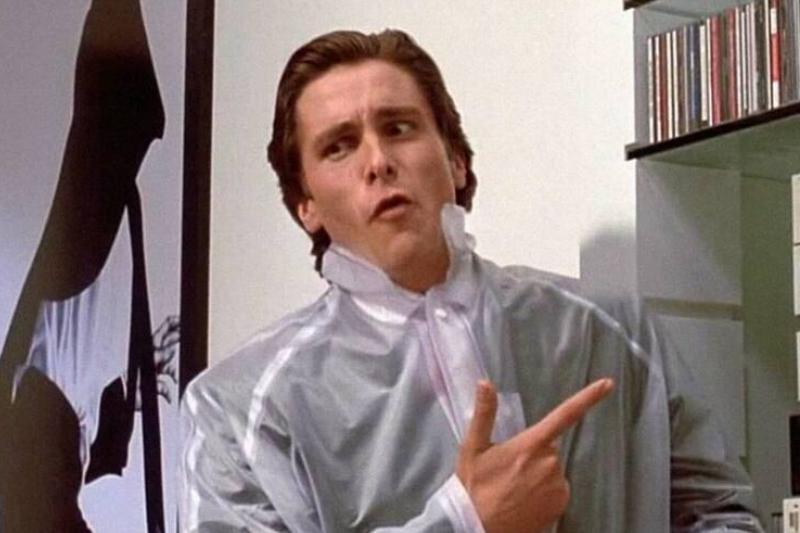
ADVERTISEMENT
Although the audience is treated to Patrick Bateman’s internal monologue throughout the violent yet cerebral American Psycho, it isn’t until the ending that one of those monologues is paired with a haunting stare out to the viewer.
ADVERTISEMENT
This moment underscores how alone Bateman truly is in his world and how only the viewer will ever truly see the results of his darkest habits.
ADVERTISEMENT
Buster Scruggs (The Ballad of Buster Scruggs)
ADVERTISEMENT
ADVERTISEMENT
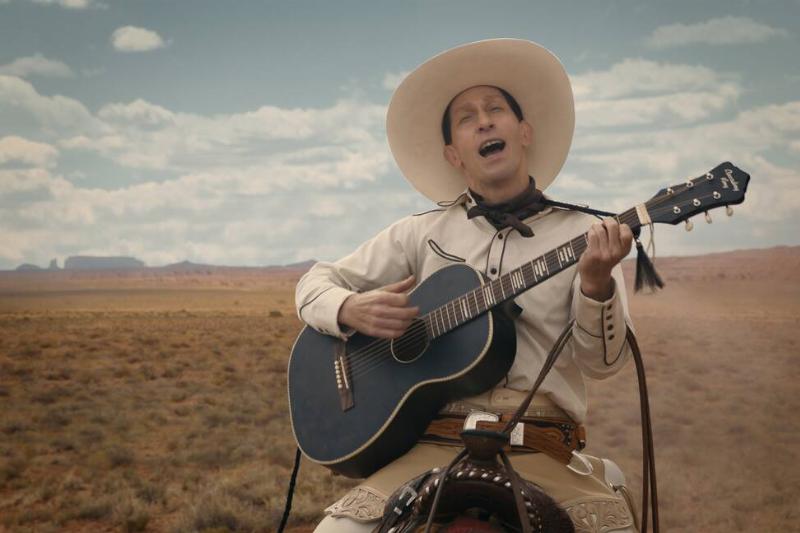
ADVERTISEMENT
Despite the title, the story of affable outlaw Buster Scruggs only makes up a small part of the Coen Brothers’ brilliant Western anthology, but it’s certainly a memorable one.
ADVERTISEMENT
Not only because of the impressive and gruesome skills Scruggs hides behind his charming smile but especially because of his humorous, folksy asides to the viewer.
ADVERTISEMENT
Fleabag (Fleabag)
ADVERTISEMENT
ADVERTISEMENT
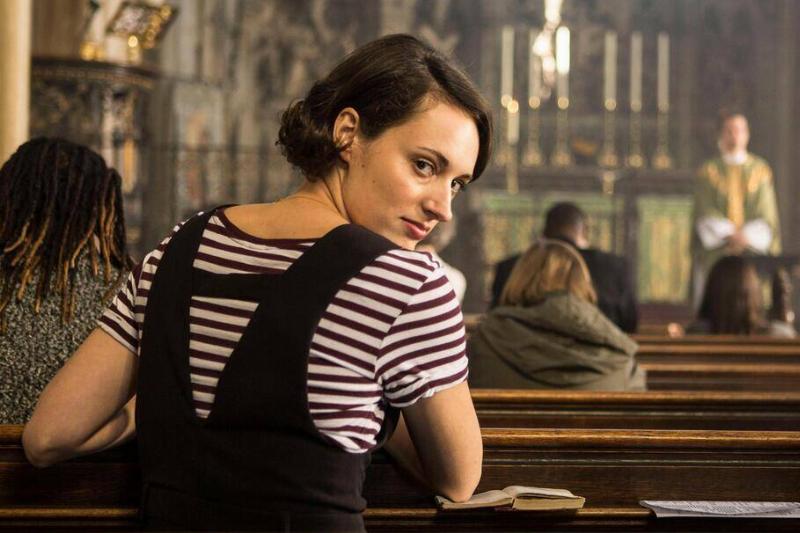
ADVERTISEMENT
Phoebe Waller-Bridge’s darkly funny Fleabag sees its titular character making frequent asides to the viewer. But whether they’re spoken or just communicated with her face, these stares at the fourth wall also tell the audience about her character.
ADVERTISEMENT
Every time she does this, the background blurs behind her. That means they’re meant to symbolize how she pushes away the people in her life.
ADVERTISEMENT
Norman Bates (Psycho)
ADVERTISEMENT
ADVERTISEMENT
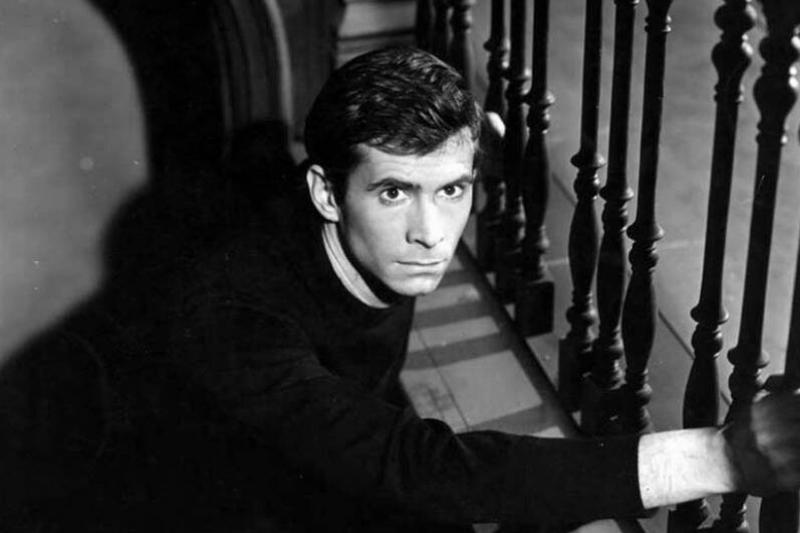
ADVERTISEMENT
Although there isn’t much overt fourth wall breaking in this horror classic, there is one moment where Anthony Perkins’ Norman Bates unsettles the audience with just a look.
ADVERTISEMENT
When his final truth is revealed, Bates delivers one last pointed look to the viewer that gives them the impression they could be next.
ADVERTISEMENT
The Genie (Aladdin)
ADVERTISEMENT
ADVERTISEMENT
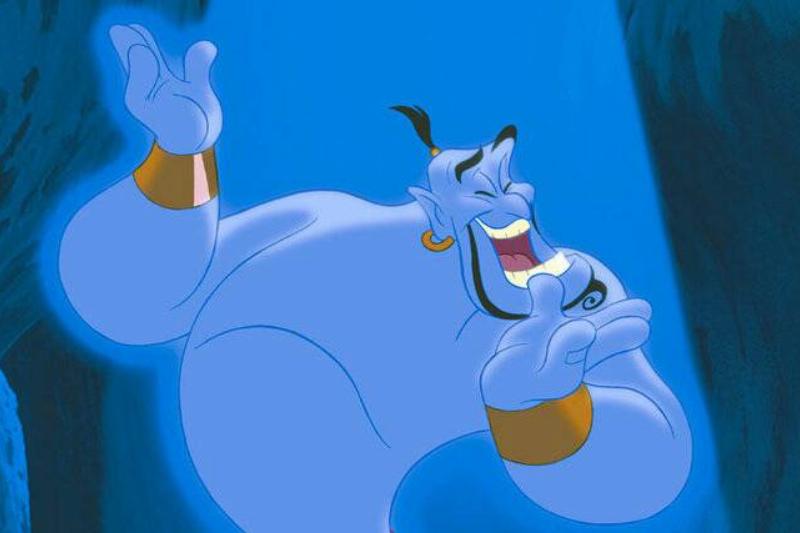
ADVERTISEMENT
Just by allowing some space for Robin Williams to riff as the unforgettable Genie, Aladdin pioneered the character’s clever, self-aware tone that animated films have been trying to copy ever since.
ADVERTISEMENT
A key moment sees The Genie literally take out the movie’s script to figure out what’s going to happen next, and he gives the audience one last little quip right at the end of the movie.
ADVERTISEMENT
Ben Affleck (Jay and Silent Bob Strike Back)
ADVERTISEMENT
ADVERTISEMENT
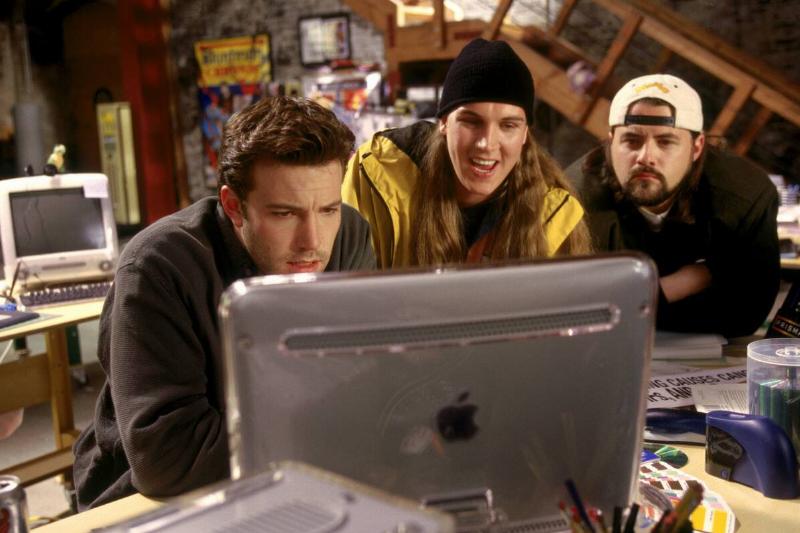
ADVERTISEMENT
Ben Affleck plays both himself and Chasing Amy‘s Holden McNeill in Kevin Smith’s often self-referential comedy, and both characters give him a clever moment where he breaks the fourth wall.
ADVERTISEMENT
While he’s Holden, he balks at the idea that anyone would want to watch a movie about Jay and Silent Bob, and as himself, Affleck implies that he only did the movie because he owes Smith a favor. In both cases, everyone on screen then casts a disappointed look at the viewer.
ADVERTISEMENT
The Narrator (Arrested Development)
ADVERTISEMENT
ADVERTISEMENT
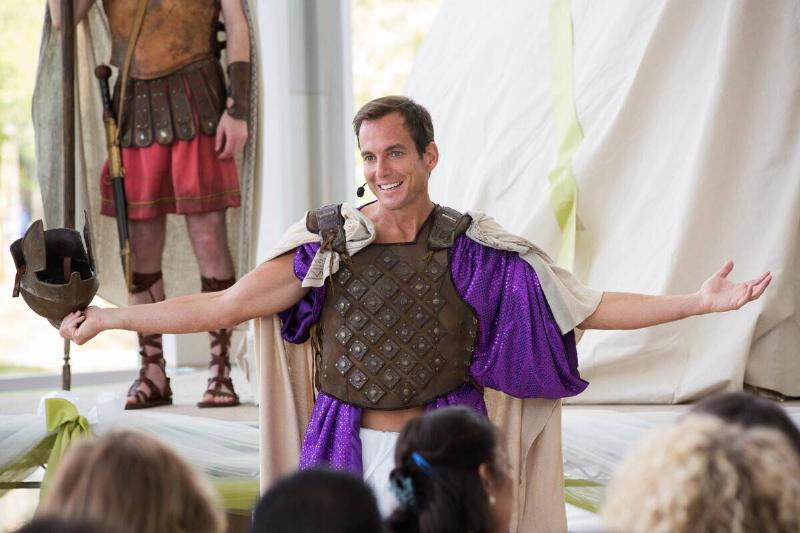
ADVERTISEMENT
Although the fourth season of Arrested Development tended to disappoint long-time fans, the first thing the audience hears upon its return captured a bit of the magic of the show’s original run.
ADVERTISEMENT
Because before Ron Howard’s narrator says anything, he takes a moment to clear his throat since it’s been so long since he last spoke.
ADVERTISEMENT
Billy Ray Valentine (Trading Places)
ADVERTISEMENT
ADVERTISEMENT
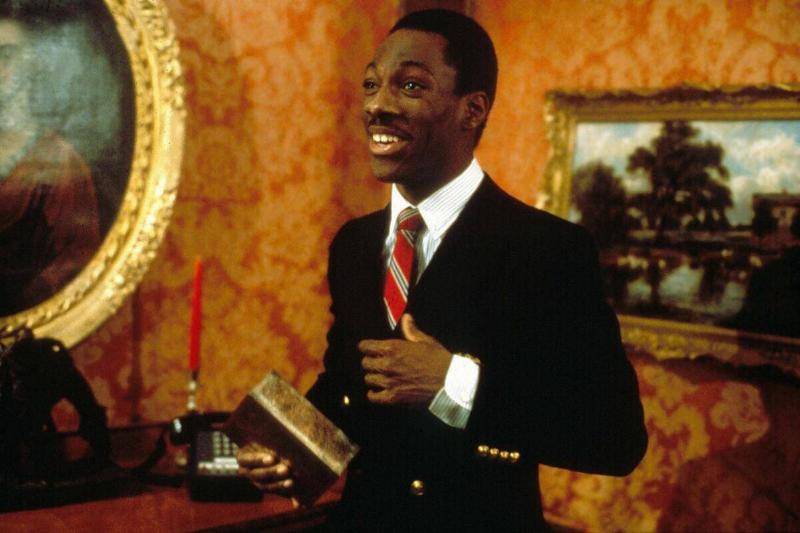
ADVERTISEMENT
Trading Places is a funny movie, but it largely plays the conventions of filmmaking straight and lets the comedy come from the characters interacting with each other.
ADVERTISEMENT
However, there is one subtle moment that comes when the two millionaires behind the movie’s plot are explaining commodities trading to Eddie Murphy’s Billy Ray Valentine. When they start explaining bacon (and yes, the actual food) to him, he can only stare deadpan at the viewer.
ADVERTISEMENT
Alvy Singer (Annie Hall)
ADVERTISEMENT
ADVERTISEMENT
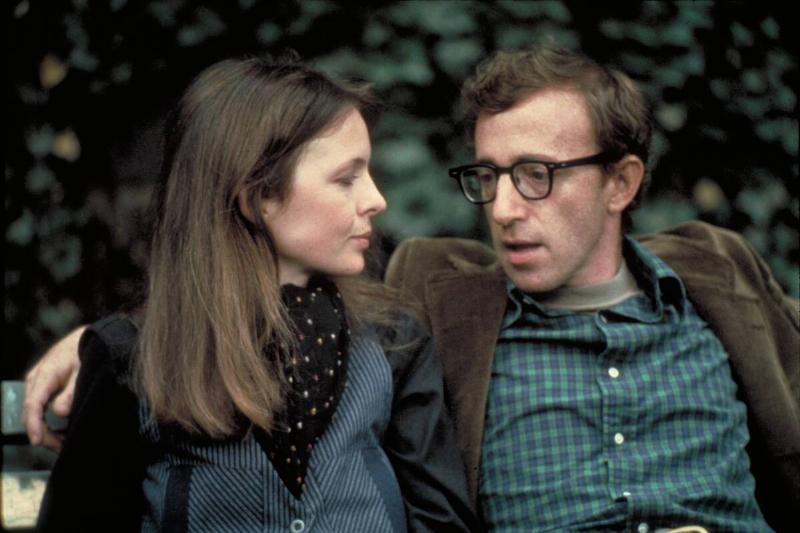
ADVERTISEMENT
Nowadays, it’s not unusual for comedies to have their main character make a series of knowing looks and witty asides to the viewer.
ADVERTISEMENT
Well, most of the ones that employ such a strategy do so because their writers and directors were inspired by Woody Allen’s tendency to break the fourth wall as Alvy Singer in Annie Hall. Although Allen’s comedic style is widely known now, this was a groundbreaking idea at the time.
ADVERTISEMENT
Jenna Maroney (30 Rock)
ADVERTISEMENT
ADVERTISEMENT
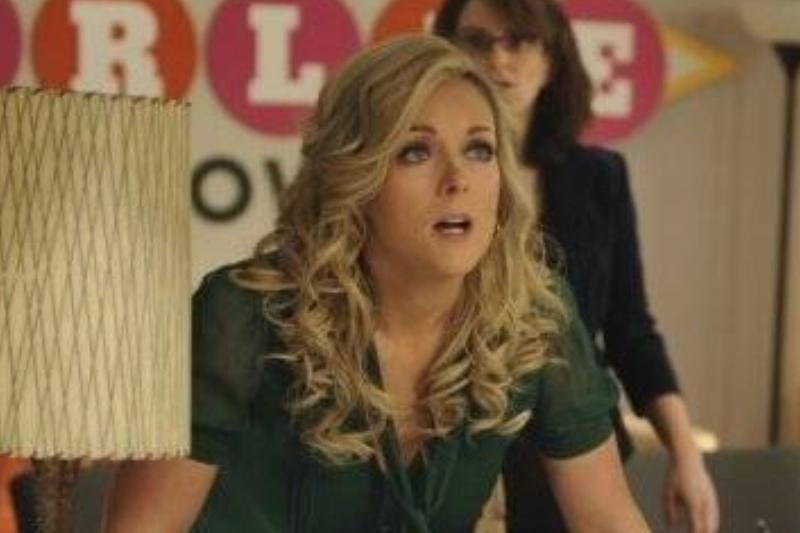
ADVERTISEMENT
Tina Fey’s smart, daring, and self-aware sitcom 30 Rock is exactly the type of show to treat the concept of the fourth wall as a suggestion rather than a hard-and-fast rule. But perhaps one of the best of these fourth-wall-breaking moments comes from Jenna Maroney.
ADVERTISEMENT
After a series-long running joke where she compares her current situation to her absurdly tempestuous affair with Mickey Rourke, Maroney finally breaks down and tells the viewer, “I can’t do this anymore. I’ve never met Mickey Rourke.”
ADVERTISEMENT
The Narrator (Fight Club)
ADVERTISEMENT
ADVERTISEMENT
![Edward Norton as [redacted] sitting against broken shelf in Fight Club Edward Norton as [redacted] sitting against broken shelf in Fight Club](https://bnsglobalnews.com/wp-content/uploads/2024/11/Edward-Norton-as-redacted-sitting-against-broken-shelf-in-Fight-Club-10558.jpg)
ADVERTISEMENT
It would be spoiling Fight Club to reveal this character’s real name, but the viewer has intimate access to The Narrator’s innermost thoughts as the movie progresses.
ADVERTISEMENT
However, it’s only in one scene that best sets up how self-aware the entire movie is that Edward Norton’s character actually addresses the audience face-to-face rather than explaining his thoughts in a voice-over.
ADVERTISEMENT
Terry Gilliam (Monty Python And The Holy Grail)
ADVERTISEMENT
ADVERTISEMENT
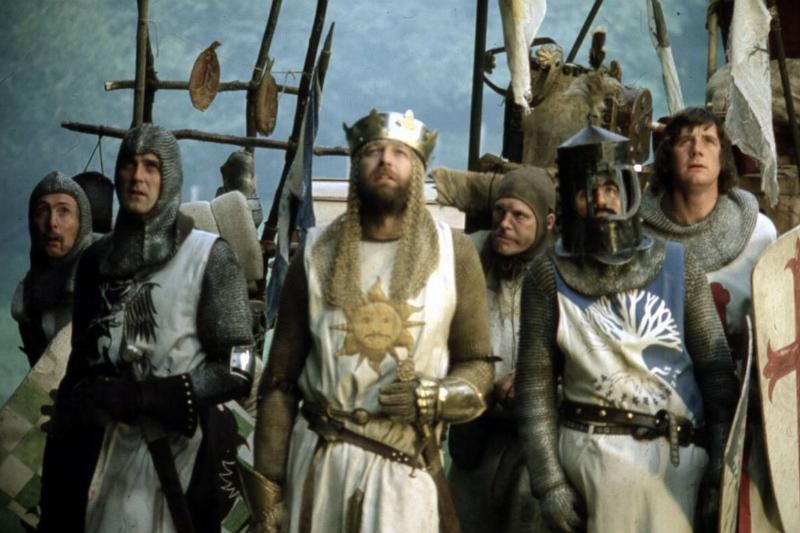
ADVERTISEMENT
Although the minds behind Monty Python And The Holy Grail play with the fourth wall in as many ways as it can be subverted over the course of the movie, it’s hard to top one clever gag that sees our heroes run from an animated monster.
ADVERTISEMENT
Just when the monster looks like it’s about to get them, the film cuts to Terry Gilliam appearing to suddenly die of a heart attack while animating it.
ADVERTISEMENT
Stuntman Mike (Death Proof)
ADVERTISEMENT
ADVERTISEMENT
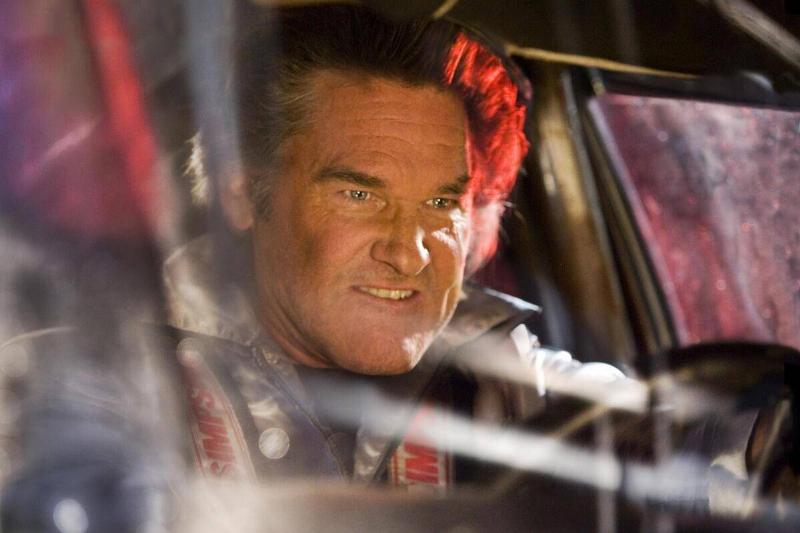
ADVERTISEMENT
Kurt Russell’s Stuntman Mike has a sinister little moment that sees him break the fourth wall in Quentin Tarantino’s Death Proof. After a character named Lee appears to suffer a serious car accident, Mike promises everyone else he’ll take her to the hospital.
ADVERTISEMENT
But when he gets her into his car and briefly smiles at the camera, it immediately becomes clear that he’s not what he seems.
ADVERTISEMENT
Will Smith (The Fresh Prince of Bel-Air)
ADVERTISEMENT
ADVERTISEMENT
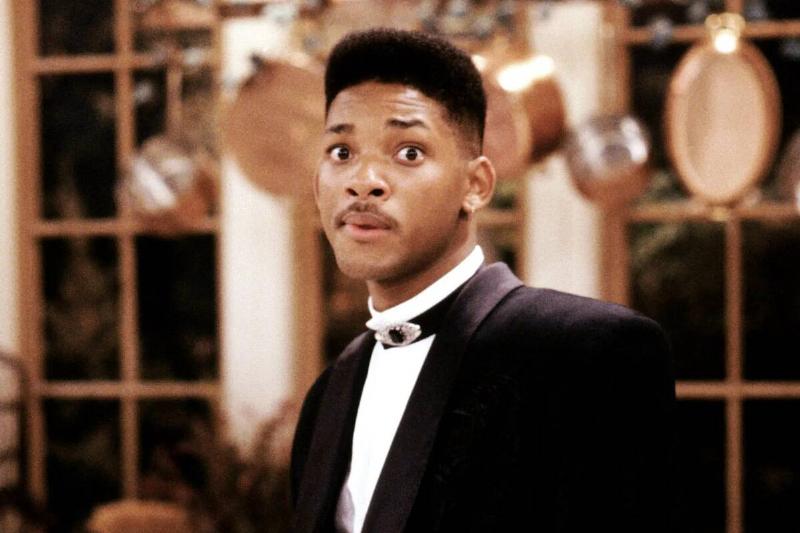
ADVERTISEMENT
For the most part, The Fresh Prince Of Bel-Air keeps itself fairly grounded in reality, even if that reality is a little exaggerated from time to time. However, there is one memorable moment in which Will Smith utterly shatters the fourth wall.
ADVERTISEMENT
After the Banks family discusses how rich they are, he merely says, “If we so rich, how come we can’t afford no ceiling?” To the audience’s delight, the camera then cuts to the studio lights hanging above the set.
ADVERTISEMENT
Dark Helmet (Spaceballs)
ADVERTISEMENT
ADVERTISEMENT
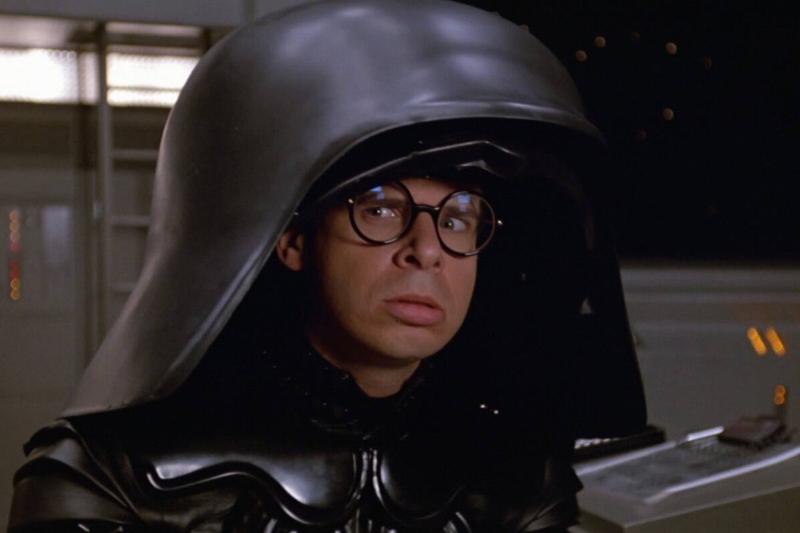
ADVERTISEMENT
While it’s hardly unusual for Mel Brooks comedies to break the fourth wall, Spaceballs does this to a hilarious degree when Rick Moranis’s Dark Helmet finds himself watching the very movie he’s starring in to figure out his next plan.
ADVERTISEMENT
And when he’s faced with the fact that he’s watching himself in the present, he can only keep looking back at the viewer in amazement.
ADVERTISEMENT
Kuzco (The Emperor’s New Groove)
ADVERTISEMENT
ADVERTISEMENT
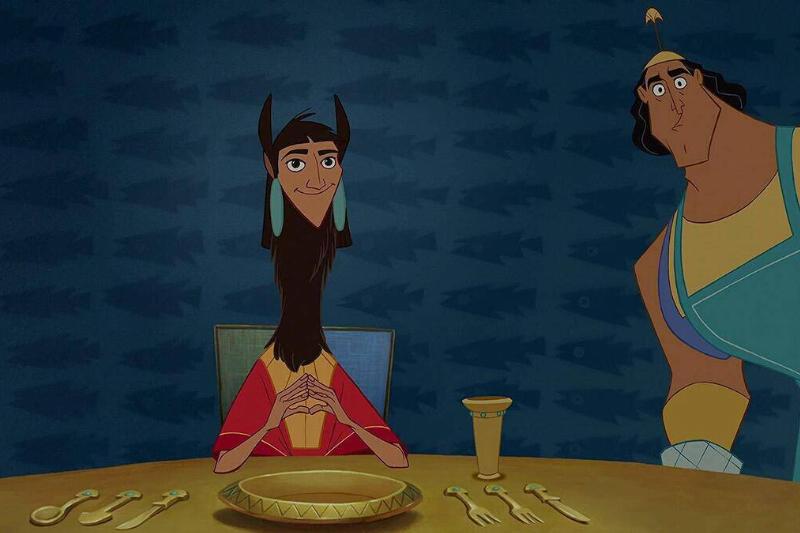
ADVERTISEMENT
Kuzco begins the Emperor’s New Groove as a man used to getting everything his way and that entitlement even extends to the underrated Disney movie’s filmmaking.
ADVERTISEMENT
Not only does he interrupt his own voice over when the narration seems uncessary, but he even ensures that nobody else gets any funny ideas about being the star of the show when they start talking to the viewer.
ADVERTISEMENT
The Narrator (George Of The Jungle)
ADVERTISEMENT
ADVERTISEMENT
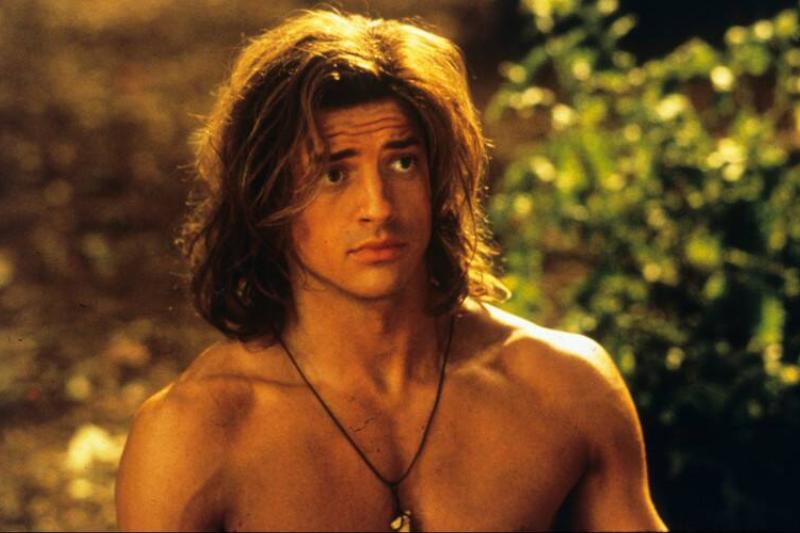
ADVERTISEMENT
George Of The Jungle is a movie that makes breaking the fourth wall part of its whole appeal, so The Narrator isn’t the only character who engages in this trope.
ADVERTISEMENT
But considering that he starts arguing with the villains when he refuses to give them information that could help their plan, his fourth wall breakage is definitely the film’s most memorable and funniest.
ADVERTISEMENT
Paul (Funny Games)
ADVERTISEMENT
ADVERTISEMENT

ADVERTISEMENT
This expectation-defying thriller serves as a rare non-comedic example of how effective breaking the fourth wall can be. And the clean-cut but pure evil Paul’s pointed glances and secret smiles to the viewer reveal the defining feature of the movie’s premise.
ADVERTISEMENT
Unlike everyone else in Funny Games, he’s aware that he’s in a movie.
ADVERTISEMENT
Nicky Santoro (Casino)
ADVERTISEMENT
ADVERTISEMENT
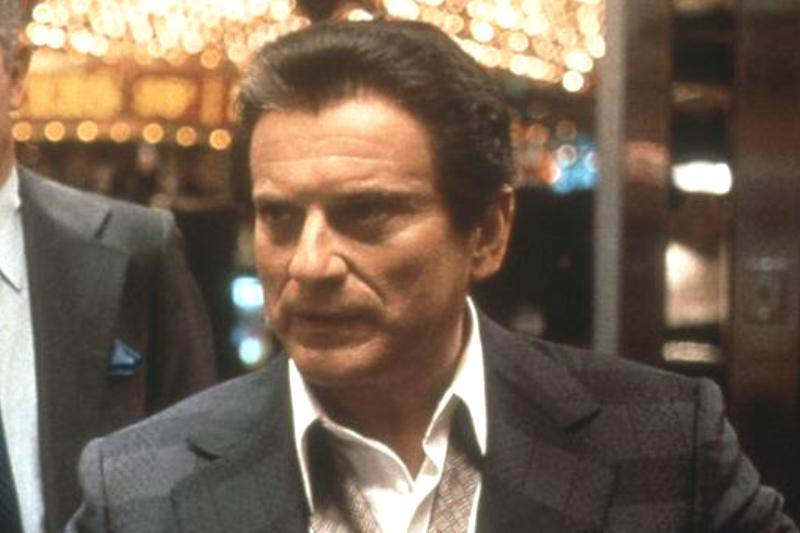
ADVERTISEMENT
As is the case in many of Martin Scorcese’s movies, Casino heavily features internal monologues from its two main characters, Joe Pesci’s Nicky Santoro being one of them.
ADVERTISEMENT
However, the most inventive instance of fourth wall breaking in the movie isn’t even a deliberate act on Santoro’s part. In an infamous scene near the ending, his internal monologue makes a pained grunt as it’s interrupted by an act of violence.
This post was originally published on here






